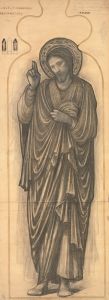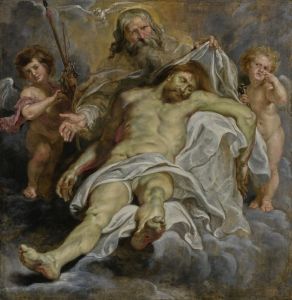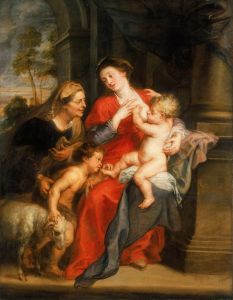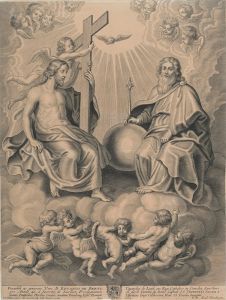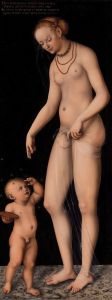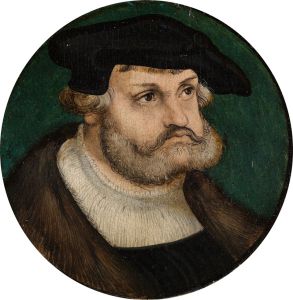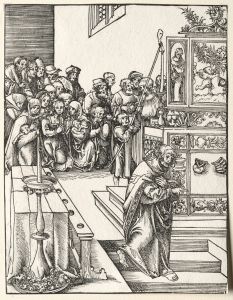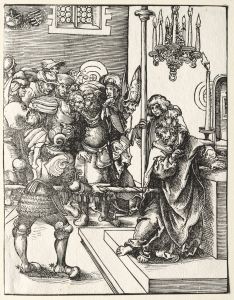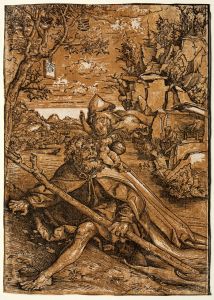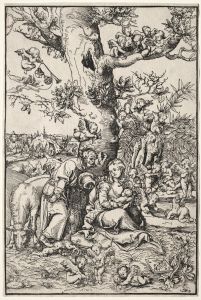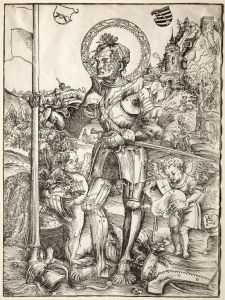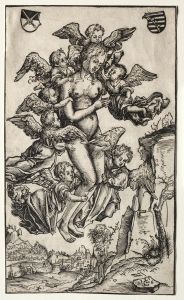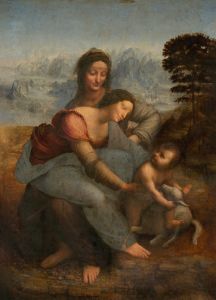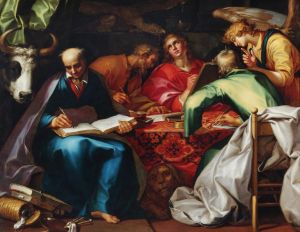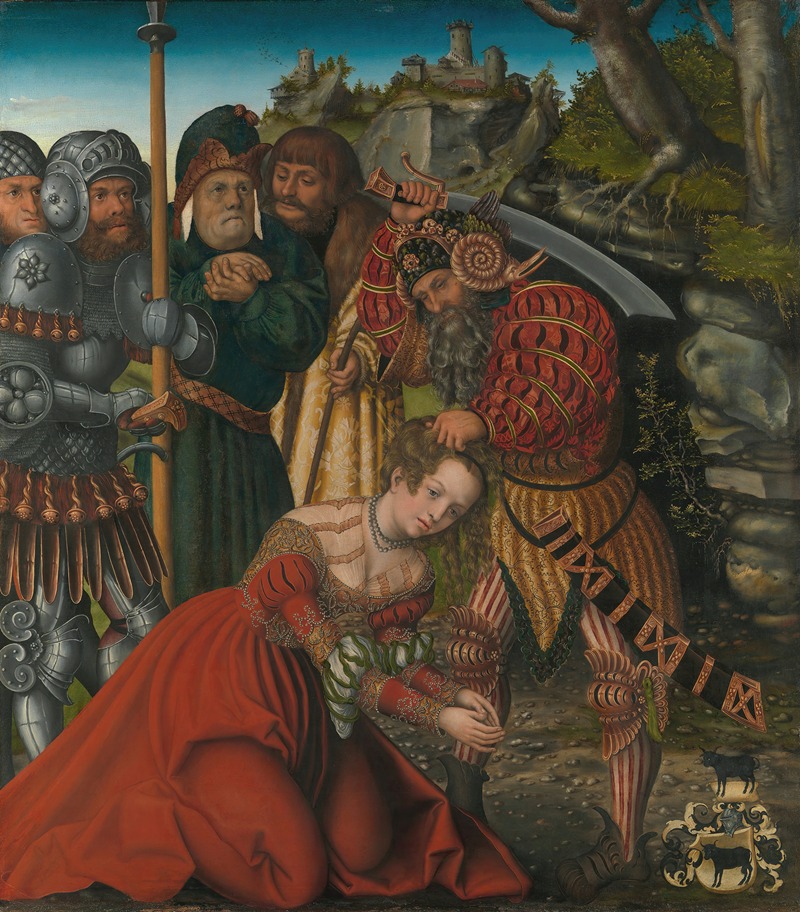
The Martyrdom of Saint Barbara
A hand-painted replica of Lucas Cranach the Elder’s masterpiece The Martyrdom of Saint Barbara, meticulously crafted by professional artists to capture the true essence of the original. Each piece is created with museum-quality canvas and rare mineral pigments, carefully painted by experienced artists with delicate brushstrokes and rich, layered colors to perfectly recreate the texture of the original artwork. Unlike machine-printed reproductions, this hand-painted version brings the painting to life, infused with the artist’s emotions and skill in every stroke. Whether for personal collection or home decoration, it instantly elevates the artistic atmosphere of any space.
Lucas Cranach the Elder, a prominent German Renaissance painter, is known for his distinctive style and contributions to the Northern Renaissance. His work, "The Martyrdom of Saint Barbara," is a testament to his skill and the religious themes prevalent during his time. However, it is important to note that there is limited information specifically about a painting titled "The Martyrdom of Saint Barbara" by Cranach. Therefore, this introduction will focus on Cranach's general style, his approach to religious subjects, and the significance of Saint Barbara in art.
Lucas Cranach the Elder was born in 1472 in Kronach, Germany. He became a leading figure in the German Renaissance, known for his portraits, religious scenes, and mythological subjects. Cranach served as a court painter to the Electors of Saxony, which significantly influenced his work and allowed him to produce numerous paintings, altarpieces, and prints.
Cranach's style is characterized by its clarity, attention to detail, and vibrant colors. He often depicted religious themes, which were central to the art of the period, reflecting the societal and cultural importance of Christianity in 16th-century Europe. His works frequently included figures with elongated forms and expressive faces, set against detailed landscapes or architectural backgrounds.
Saint Barbara, a Christian martyr, is a popular subject in religious art. According to legend, she was a young woman who was imprisoned in a tower by her pagan father to protect her from the outside world. Despite her isolation, she converted to Christianity. When her father discovered her faith, he attempted to force her to renounce it. Barbara refused, and as a result, she was tortured and eventually beheaded by her father, who was subsequently struck by lightning as divine retribution. Saint Barbara is often depicted with a tower, a palm branch, or a sword, symbolizing her martyrdom and faith.
While there is no specific record of a painting titled "The Martyrdom of Saint Barbara" by Lucas Cranach the Elder, it is plausible that he may have depicted her in some of his works, given his extensive portfolio of religious subjects. Cranach's religious paintings often conveyed moral and spiritual messages, aligning with the values of the Reformation, which he supported.
Cranach's workshop was prolific, producing numerous works that were widely distributed across Europe. His ability to blend traditional Gothic elements with emerging Renaissance ideals made his art both innovative and influential. His paintings often featured a combination of religious devotion and humanist ideals, reflecting the complex cultural shifts of his time.
In summary, while there is no specific information available about a painting titled "The Martyrdom of Saint Barbara" by Lucas Cranach the Elder, his body of work demonstrates his mastery of religious themes and his significant role in the Northern Renaissance. His paintings continue to be celebrated for their artistic merit and historical importance, offering insights into the religious and cultural landscape of 16th-century Europe.





